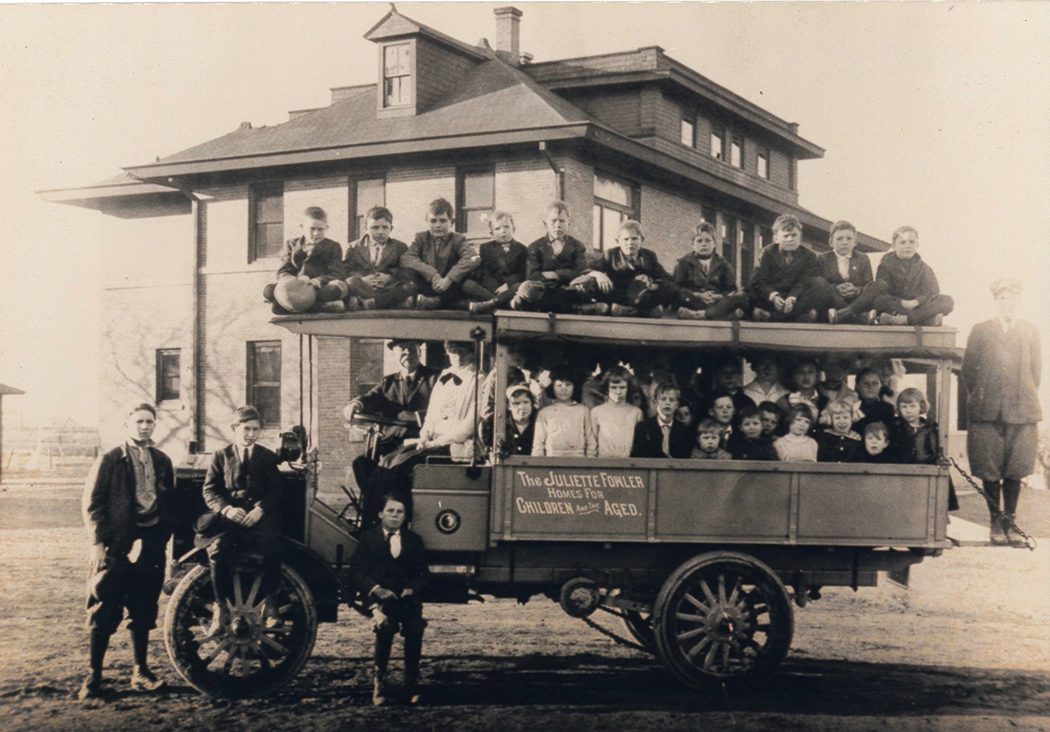
Juliette Fowler’s desire to care for children laid the foundation for the orphanage in East Dallas. (Photo courtesy of Juliette Fowler Communities, 1904)
It was 125 years ago this month that the charitable vision of one of East Dallas’ first daughters found its legs. Juliette Fowler wanted to make sure children and elderly were safe and comfortable, an idea so simple in concept yet so difficult in logistics. But smart planning and dedicated community support has created a namesake legacy that spans East Dallas’ history.
Kentucky legislator Jefferson Peak traveled through what would become Dallas on his way to fight in the U.S.-Mexican War in the 1840s, and would return to build Dallas’ first brick house in 1855, at what is today the intersection of Worth and Peak in Old East Dallas. He pioneered our neighborhood, apparent by the number of things named for his family.
One of Peak’s 13 children was a spirited, likable young lady named Juliette Abby, who was born in 1837 in Kentucky. After coming to Texas, she was a local beauty who became Dallas’ first May Queen. In Vivian Castleberry’s book “Daughters of Dallas,” Fowler’s niece Olive Peak describes her: “She has a fine pose, a keen sense of humor and a most pleasing address, gracious manner, strong Christian character, a tenderness of heart and a helpfulness to all and a gay spirit.”
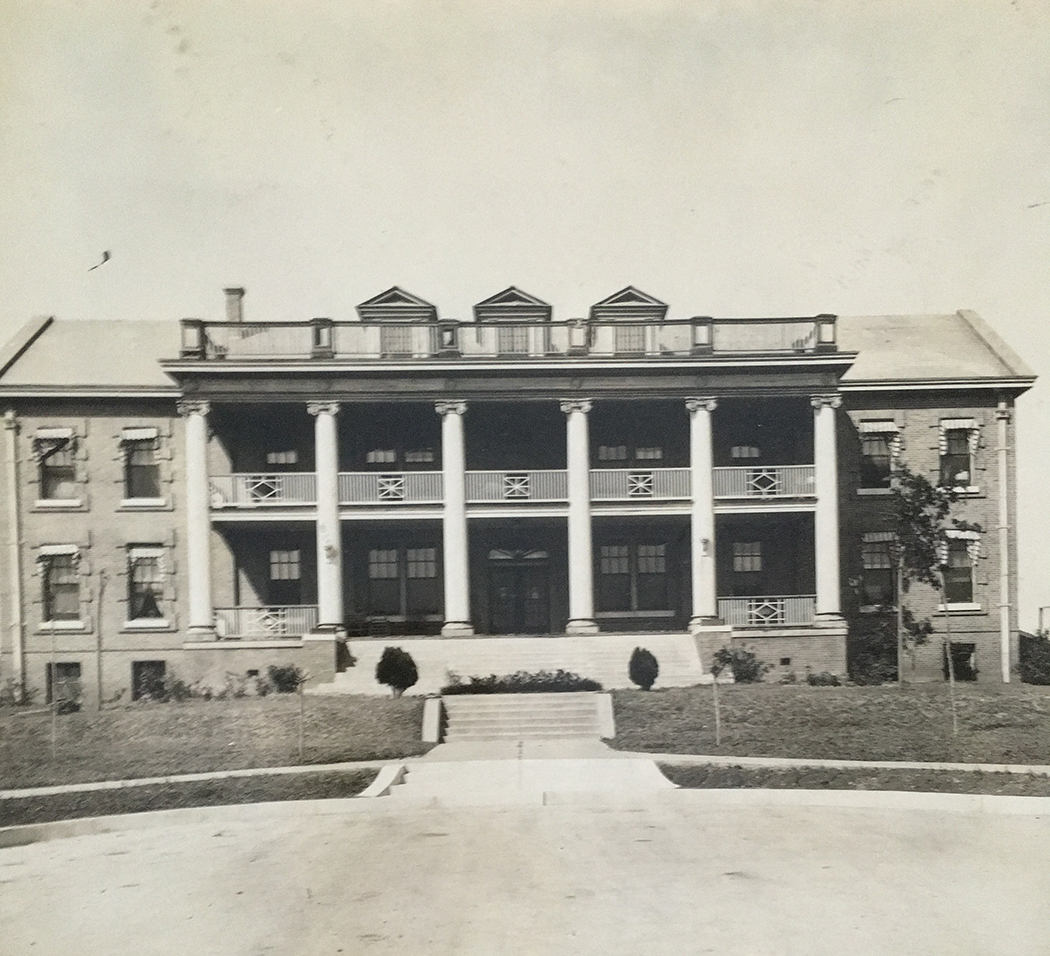
The original Harwood Hall was built in East Dallas in 1911. (Photo courtesy of Juliette Fowler Communities)
After a courtship with Fort Worth lawyer Archibald Young Fowler, the two wed at her parents’ estate in 1859. What seemed like a charmed life would turn tragic over the next three years. Fowler’s first two children passed away before their first birthday for unknown reasons, and her husband died in 1861 after being shot during an argument with a sheriff in Fort Worth. Fowler moved back to Dallas and wore her widow’s weeds, or black mourning clothes, for the rest of her life.
Fowler never became a homemaker for another husband or cared for biological children of her own, but founded an East Dallas community that would provide home and care for thousands of people.
“She took her profound grief and turned that outward,” says Anne McKinley, vice president of mission advancement at Juliette Fowler Communities. “She could have wallowed, but she didn’t.”
Fowler lived in the fledgling town of East Dallas, which had not yet incorporated into the city, and adopted a seven-year-old boy who had been abandoned at her church. Though she may not have known it at the time, this act of charity and generosity formed the bedrock of her legacy.
Fowler knew that the young town needed to care for its needy children and indigent widows, so she traveled the country studying social services. To fully understand these systems, she checked herself into a sanatorium for three months.
In February 1889, Fowler purchased 15 acres of property at the end of Columbia Avenue in East Dallas, which would become Juliette Fowler Communities. In an age when it was difficult for women to own, much less purchase property, Fowler fought to bring her vision to life. But the travel, stress and study took its toll, and her health began to suffer.
Fowler died in 1889, before she could see her plans come to fruition.
It was her sister, Sarah Anne Harwood, a disciplined and stern woman, who executed Fowler’s wishes. Harwood, who was valedictorian of her seminary class, transformed the land and trust into an intergenerational home for those in need.
On Nov. 1, 1892, The Juliette Fowler Homes for Children and the Aged was chartered. Support was raised, often through Disciples of Christ churches, and the nonprofit purchased an orphanage in Grand Prairie in 1904, which the trust operated until it relocated to East Dallas.
In 1911, Harwood Hall, named for Sarah Anne Harwood, was built on the East Dallas campus, launching its heritage of caring for the elderly. In 1913, the children’s home was built on neighboring land, bringing together the young and old in one community.
Harwood served as president until her death in 1914. The community predated Lakewood Country Club, Lakewood Theater and Woodrow Wilson High School, structures that the neighborhood considers foundational. The nonprofit’s first vehicle was a horse drawn carriage, and it built East Dallas’ first swimming pool, where neighborhood children learned how to swim. Woodrow’s first graduating class contained students who grew up at Juliette Fowler.
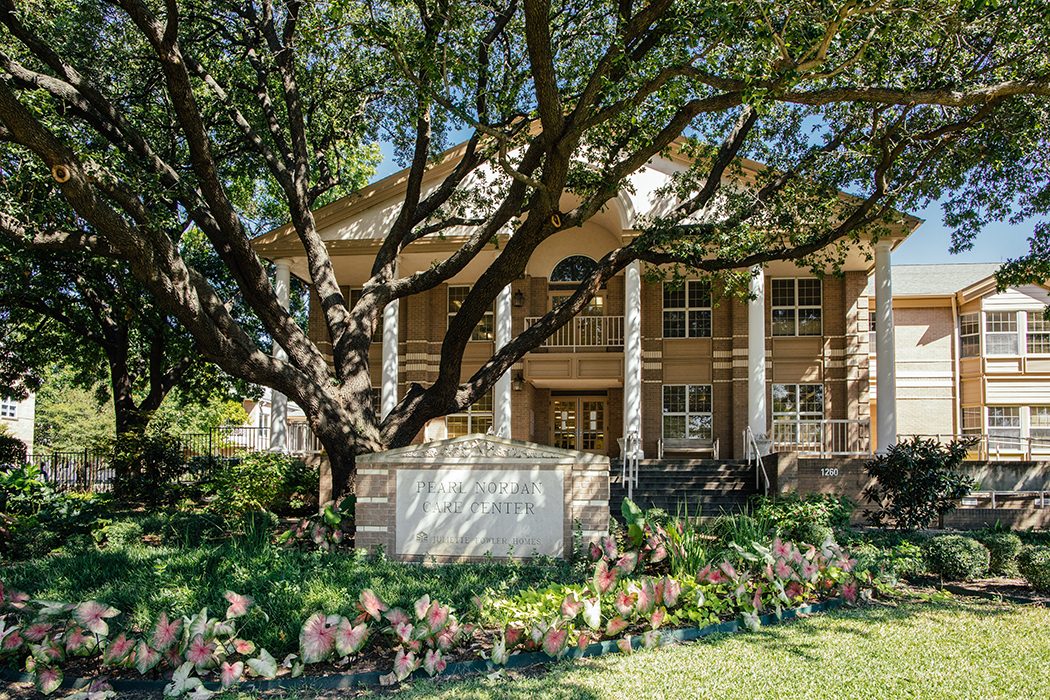
The Pearl Nordan Care Center as it is in 2017. (Photo by Kathy Tran)
The community would weather the Great Depression through donations of beef straight from Texas ranchers, when the population of children in the home grew because parents couldn’t afford their care.
Over the decades, orphanages gave way to foster care, and the property trended toward caring for the elderly more than children, though it remained intergenerational. Many orphans who grew up on the property returned as residents in their final years. Today, the Ebby House, part of the Juliette Fowler community, supports teenage women who have aged out of foster care. From the beginning of the community, high school graduates who lived there received college scholarships to TCU through a connection with the Disciplies of Christ, and today the state pays for college for foster children who are accepted to universities, including those who live at the Ebby House.
In 1949 the first elderly couple came to Juliette Fowler, helping transition the community to a destination of choice rather than a place for the indigent.
The property has resisted what must be lucrative offers for the increasingly valuable land, and the has kept up with the latest technology and techniques to care for the 450 residents who live there today (without taking on any debt to fund development).
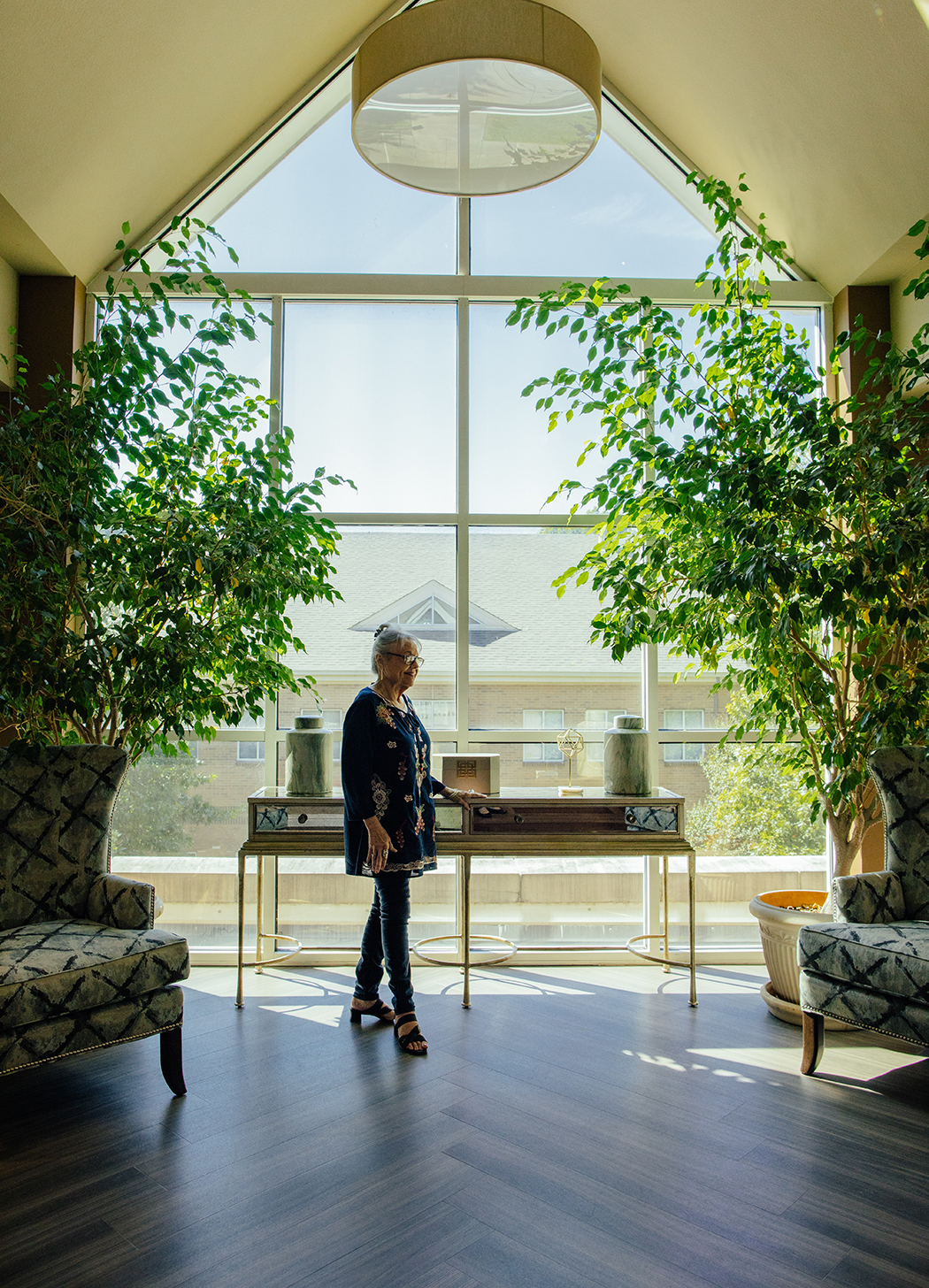
(Photo by Kathy Tran)
“Many of these people are vulnerable,” says CEO Sabrina Porter. “We want to exceed expectations.”
Today, Juliette Fowler Communities continues to do its work on the end of Columbia Avenue, carrying the torch of their namesake. Residents don’t see a top-notch care facility but their home. Leadership sees the intergenerational nature of the community essential, benefitting both the young and the old.
“It changes their impact on the youth of today, helps give seniors a purpose for their day,” says McKinley. “They feel valued when they can share their wisdom.”
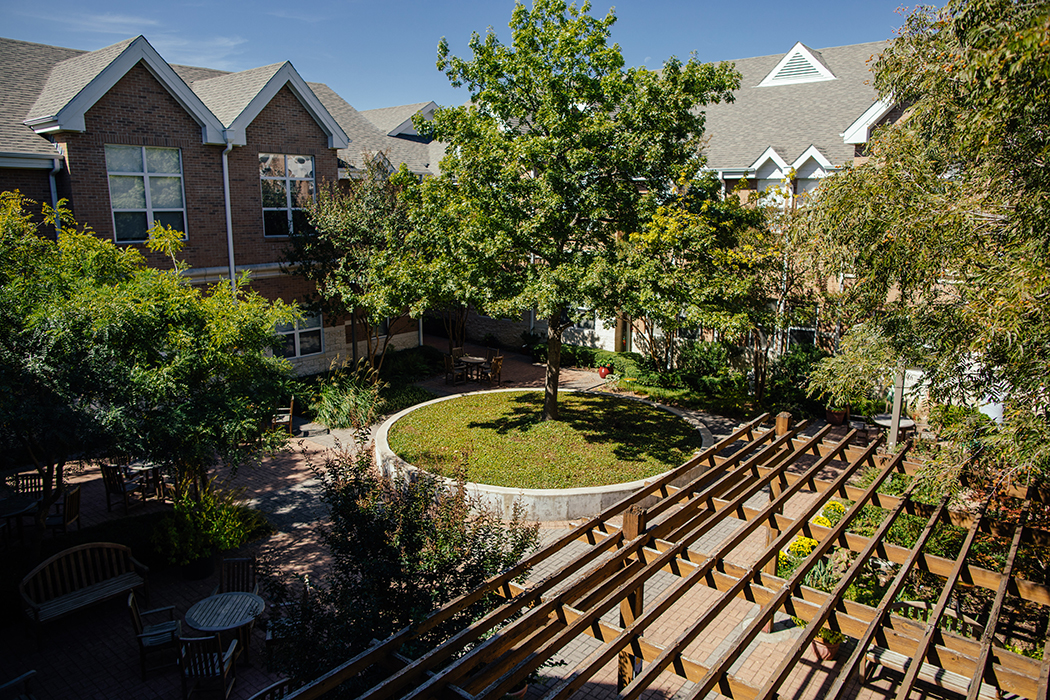
(Photo by Kathy Tran)





